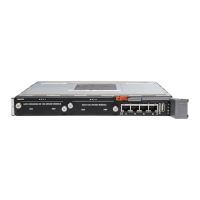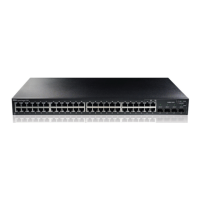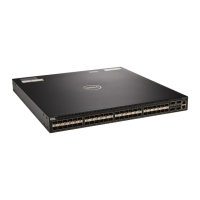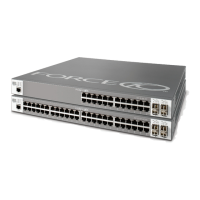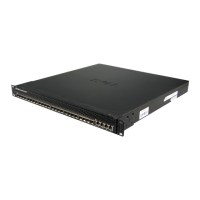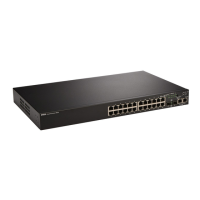one port and forwards (mirrors) them to another port. The source port is the
monitored port (MD) and the destination port is the monitoring port (MG).
deny (for IPv6 ACLs)
Configure a filter that drops IPv6 packets that match the filter criteria.
Syntax
deny {ipv6-protocol-number | icmp | ipv6 | tcp | udp} [count
[byte]] [dscp value] [order] [fragments] [log [interval
minutes] [threshold-in-msgs [count]] [monitor]
To remove this filter, you have two choices:
• Use the no seq sequence-number command syntax if you know the filter’s
sequence number
• Use the no deny {ipv6-protocol-number | icmp | ipv6 | tcp |
udp}
command
Parameters
count OPTIONAL) Enter the keyword count to count packets
processed by the filter.
byte (OPTIONAL) Enter the keyword byte to count bytes
processed by the filter.
dscp (OPTIONAL) Enter the keyword dscp to match to the IP
DSCP values.
order (OPTIONAL) Enter the keyword order to specify the QoS
order of priority for the ACL entry. The range is from 0 to 254
(where 0 is the highest priority and 254 is the lowest; lower
order numbers have a higher priority). If you do not use the
order keyword, the ACLs have the lowest order by default
as
255.
fragments Enter the keyword fragments to use ACLs to control packet
fragments.
log (OPTIONAL) Enter the keyword log to enable the triggering
of ACL log messages.
threshold-in
msgs count
(OPTIONAL) Enter the threshold-in-msgs keyword
followed by a value to indicate the maximum number of ACL
logs that can be generated, exceeding which the generation
of ACL logs is terminated. with the seq, permit, or deny
commands. The threshold range is from 1 to 100.
interval
minutes
(OPTIONAL) Enter the keyword interval followed by the
time period in minutes at which ACL logs must be generated.
The time interval range is from 1 to 10 minutes.
monitor (OPTIONAL) Enter the keyword monitor when the rule is
describing the traffic that you want to monitor and the ACL
284
Access Control Lists (ACL)
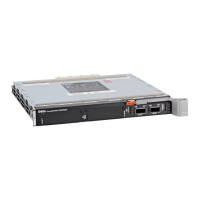
